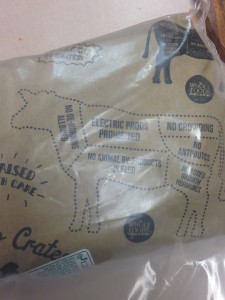
I chose a peculiar image to look at for this blog post. The image is a frame of a cow with different sections outlined saying things like “no crowding” or “no antibiotics.” This is the wrapping the company whole foods uses for their ground beef. The cow shown has the outline of an actual cow one would use for beef, but it is nothing more than an outline and very distant from the Americanized cow one may think of. I will use Berger’s notion of animals of the mind and Foer’s ideas from Eating Animals to analyze this picture.
Whole foods isn’t trying to anthropomorphize this cow; it is not one of those cows one might see on television that talks about how happy they are and happy cows make better cheese. Then again, they are not trying to go around the fact that they indeed use this cow to sell its beef. Berger states “The animals of the mind, instead of being dispersed, have been co-opted into other categories so that the category animal has lost its central importance.” (Berger 15). What was once a Cow, is no longer viewed as a cow. According to Foer, 98% of cows are raised in crowded places without the ability to move. Cows in America were once treated as respected farm animals, living in a nice barn. In India, cows are sacred. They are now commodities, not Cow.
Although Whole Foods is famous for their organic food and well raised animals, Foer would have some things to say about that. Foer points out, all these terms have very loose definitions and very often mean little. None of these terms are actually defined and companies abuse them. More importantly, Foer talks about the antibiotics companies use to keep the meat safe and grow larger. This caused Humans to become so resistant to medicinal antibiotics because of the antibiotics in the food we eat. The growth hormones, according to Foer, make the meat bigger but is unsafe and not natural. Now Foer is very against over crowding and sensitive issues like that. I personally am not as concerned with that and while I appreciate what Whole Foods does this for the beef, I am much more concerned there antibiotic use.
Whole Foods does not try and appease its customers by anthropomorphizing the cow from the ground beef wrapping. It is a clear cut diagram of where the beef comes from and why Whole Foods is the best. The problem is, not many people can afford the costs and continue to buy antibiotic-rich beef at a cheaper cost. Not only does that affect them, it effects the entire population.
Sources:
Berger, John. “Why Look at Animals?” About Looking. New York: Pantheon, 1980. 3-28. Print.
Foer, Jonathan Safran. Eating Animals. New York: Little, Brown, 2009. Print.
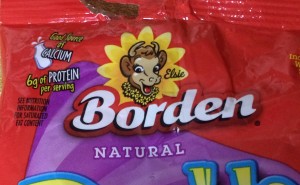
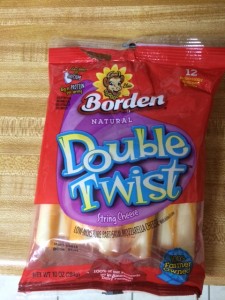
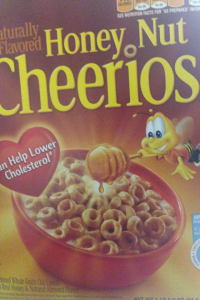
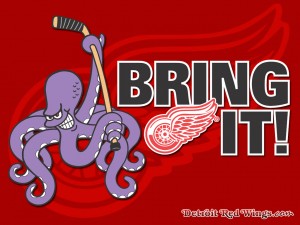
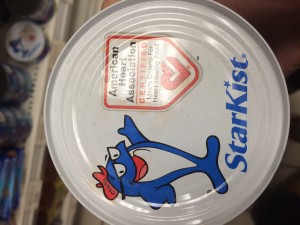
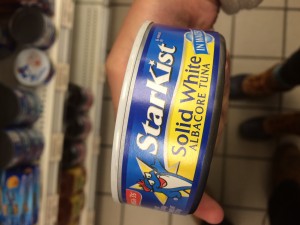
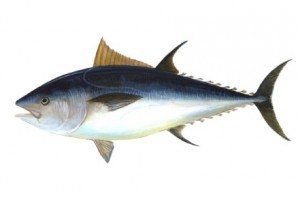

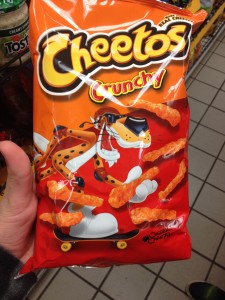
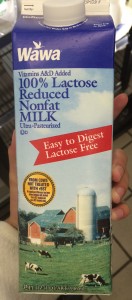
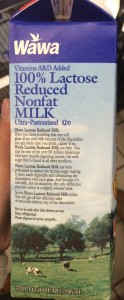
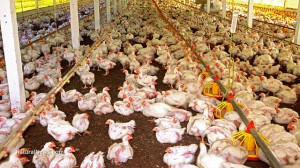
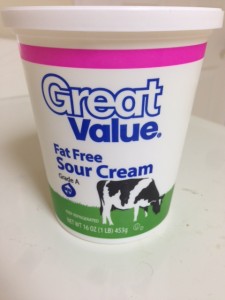
Recent Comments